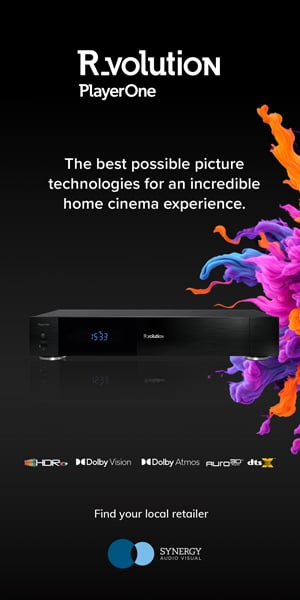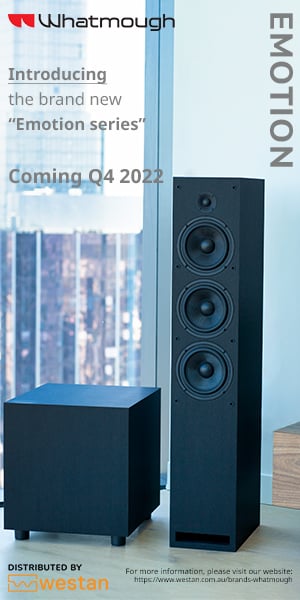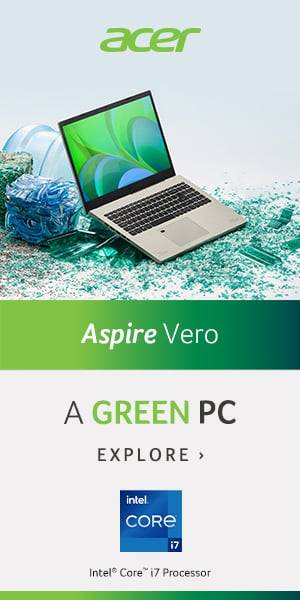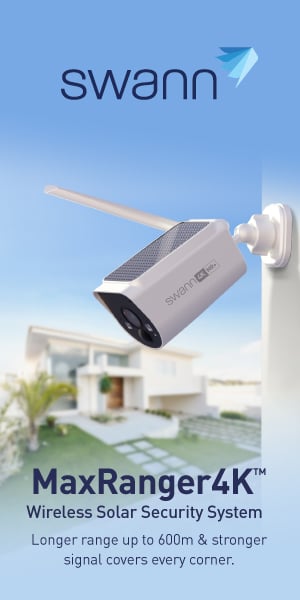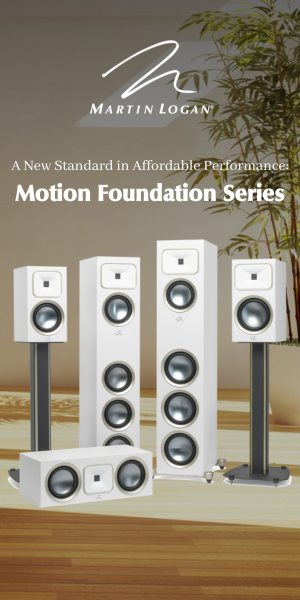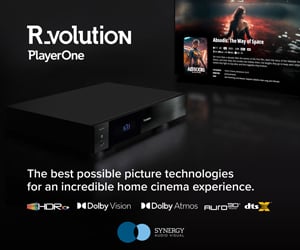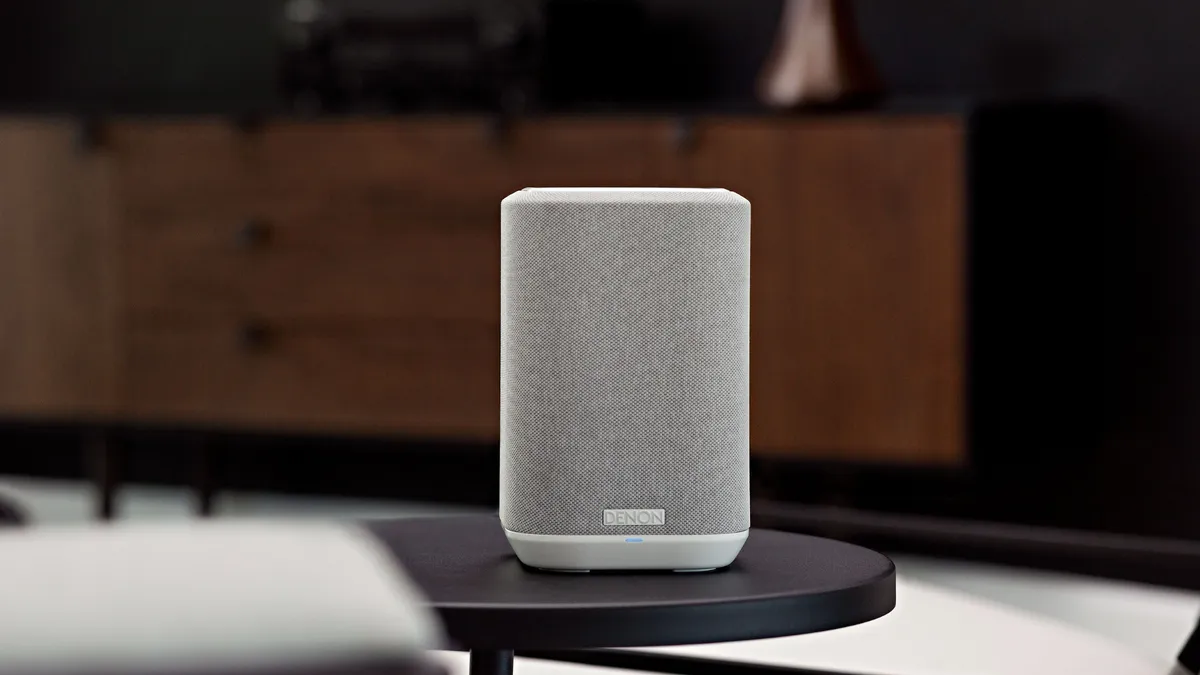
They have also announced a new line-up of fifth generation processors, new Thunderbolt technology and an upgraded wireless offering.
Ren?e James, President of Intel said that the ‘Internet of Things’ is predicted to be in the region of 50 billion units by 2020.
He revealed the first device with a 14nm part, when he held up the ASUS Transformer T300 which was revealed yesterday at the ASUS press conference.
The improvement in graphics and video performance is set to be delivered by the Intel Iris Pro Graphics 6200, which Intel is dubbing its “most powerful client processor graphics and media engine.” We’ve known about Iris Pro for some time — it’s Intel’s solution for better gaming, faster video editing and lower energy use, without the need for an external graphics card — but now we’re seeing just what this new iteration will bring.
Intel has brought Iris Pro Graphics to a desktop processor in the LGA form factor for the first time — that’s essentially chip-talk for changing the processor’s physical structure to ensure a steadier power supply and a sturdier build under the PC’s hood.
Intel has also announced an expansion of its IoT Gateway product range.
The heart of the 14nm processors is under the new Core-M branding. While clock speeds and core counts were not mentioned, the ‘Core’ part of the name means that this should be a Broadwell derived component. Echoing what CEO Brian Krzanich said earlier in the year, Ren?e confirmed that Core-M would be in the hands of end-users by the last quarter when several PC manufacturers are set to release a new generation of products running Windows 10. Microsoft will also release new tablet and smartphone upgrades for their OS in this period.
Also at Intel’s keynote address for Computex 2015, Kirk Skaugen, the chip maker’s senior vice president and general manager of the Client Computing Group, announced that Thunderbolt 3 is set to unify ports with the latest USB Type-C standard. The move is set to simplify system design and greatly improve the feature set of devices with Thunderbolt and USB compatibility.
Intel claims the new single cable offers data speeds of 40 gigabits per second, four times faster and with twice the video bandwidth of any other cable, while still being able to supply power. This enables peak support for high-resolution 4K video as well as single-cable docking that delivers power to a device. Thunderbolt 3 also delivers speedy 10-gigabit Ethernet networking.
Intel has doubled down on the wireless charging standard, partnering with a variety of companies to bring chargers and other Rezence-driven devices to consumers.
Rezence is supported by the Alliance 4 Wireless Power (A4WP).
The A4WP just recently merged with rival wireless charging group Power Matters Alliance (PMA) with the new entity to be renamed later this year.
Unlike some other wireless power solutions, Rezence can charge multiple devices at once. It even works through obstructions as thick as two inches of wood, which is very handy if you’re looking to build in into a table (like the one Intel showed off at Computex last year). This was just one part of Intel’s concept of a truly wireless PC, with no cables or ports required.
Intel announced that it will be working with accessory maker Targus to create charging devices.
|
Error, group does not exist! Check your syntax! (ID: 5)

Popular Posts
Digital Magazines
Categories
- Appointment & Jobs496
- Automation471
- Communication2939
- Display1259
- Hardware2090
- Industry7485
- Latest News31838
- Networking984
- Sound1721
Recent Post
While Apple prepares the launch of its iOS 17.5 update, claims reveal it will legally allow a practice that was... Read More











